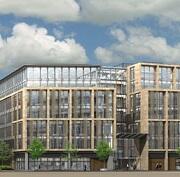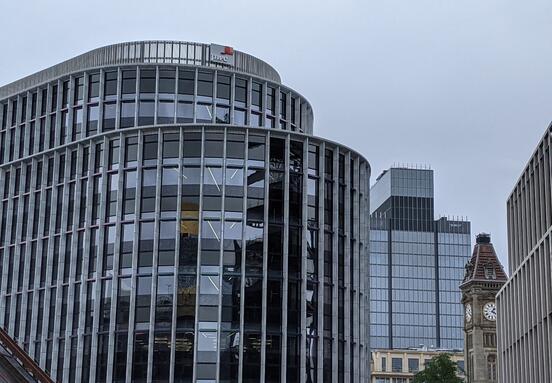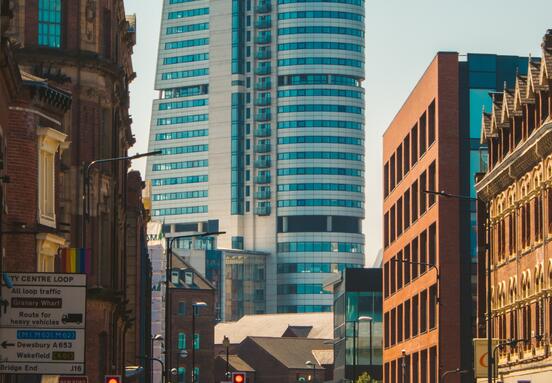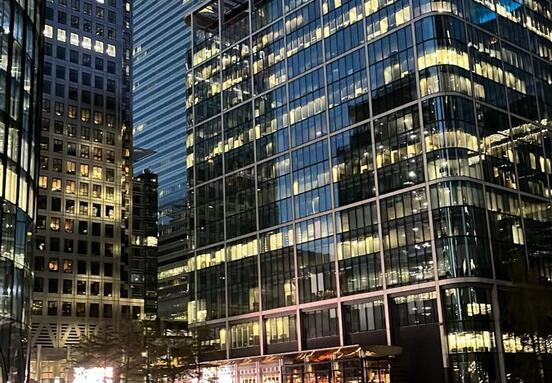Corporate real estate occupiers are returning to the market with new office space requirements as demand in the second quarter of 2014 rallied by 21% on the first quarter, marking the highest second quarter office take up in Western Europe since the economic downturn.
Central to this was strong activity in Milan and Lisbon, while London retained its dominant position as a popular destination for corporate occupiers with a 29% quarterly take up increase.
The report also shows that Milan’s take up more than doubled to 94,000 square meters while Lisbon recorded one of its strongest quarters in recent years. In addition, the Paris office market which had been subdued during the downturn with occupiers lacking the confidence to relocate, posted its highest office take up level for two years and a 28% uplift from quarter one.
Indeed, across Europe as a whole, aggregate take-up rose by a healthy 12.2% compared to the first quarter of the year. As a result of this increased demand, the aggregate office vacancy rate in Western Europe fell in the second quarter.
Central London saw a third consecutive quarterly decline in vacancy rates with prime space now in very short supply. Likewise, increased demand for office space in Brussels, Paris and Amsterdam also contributed to vacancy declines. Frankfurt saw the most noticeable drop, where vacancy fell sharply for the second consecutive quarter due to the removal of obsolete stock and the conversion of older commercial buildings into residential units.
Despite this, the overall vacancy rate remained flat across Europe, skewed by a large volume of new office completions in core Central and Eastern European (CEE) markets which are yet to be occupied. For example, office stock is forecast to grow by at least 10% in Prague, Warsaw, Moscow and St Petersburg over the next 18 months, a large percentage of which is being built on a speculative basis.
The knock on effect of office vacancy declines, particularly in Western Europe, is likely to put upward pressure on prime rents in the longer term. Madrid, for example, has seen its prime rent increase from €24.50 per square meter per month to €24.75 in the second quarter, its first rental growth since the recession, symbolic of improved economic stability.
The strongest performing office markets continue to see the steepest rises in prime rents, Dublin saw rents rise by a huge 14.2% in the second quarter to €430.50 per square meter per annum driven, in part, by strong demand from technology, media and telecoms occupiers. London’s West End market recorded a 2.4% increase in rental growth across the same period.
‘We are seeing greater corporate appetite to lease or acquire space, particularly across Western Europe, which is encouraging,’ said Tim Hamilton, senior director, EMEA Global Corporate Services, at CBRE.
‘It signifies that corporate occupiers who have been hamstrung in recent years by tightening budgets and stringent cost management strategies resulting in a contraction of take up levels, are now in a position to flex their muscles and take new space,’ he explained.
‘As the markets become more buoyant, the growth in prime office rents is likely to become more widespread over the next 12 months particularly given the short supply and a relatively thin office development pipeline. Having spent a number of years taking advantage of falling rents, occupiers will need to start factoring in potential future rental increases into their strategic decision making,’ he added.
Source: http://www.propertywire.com/







